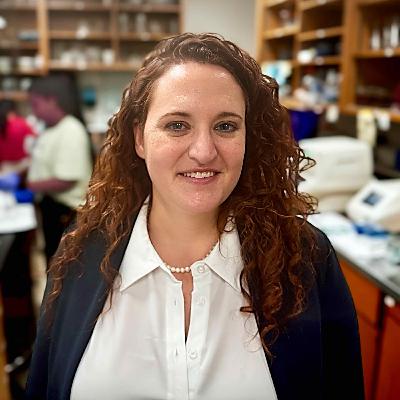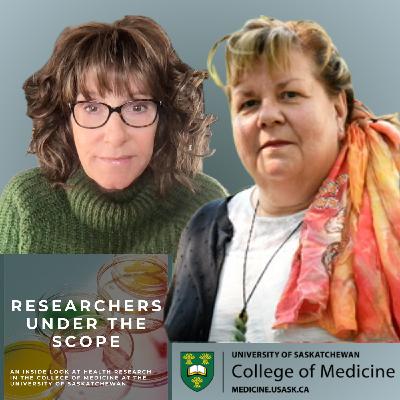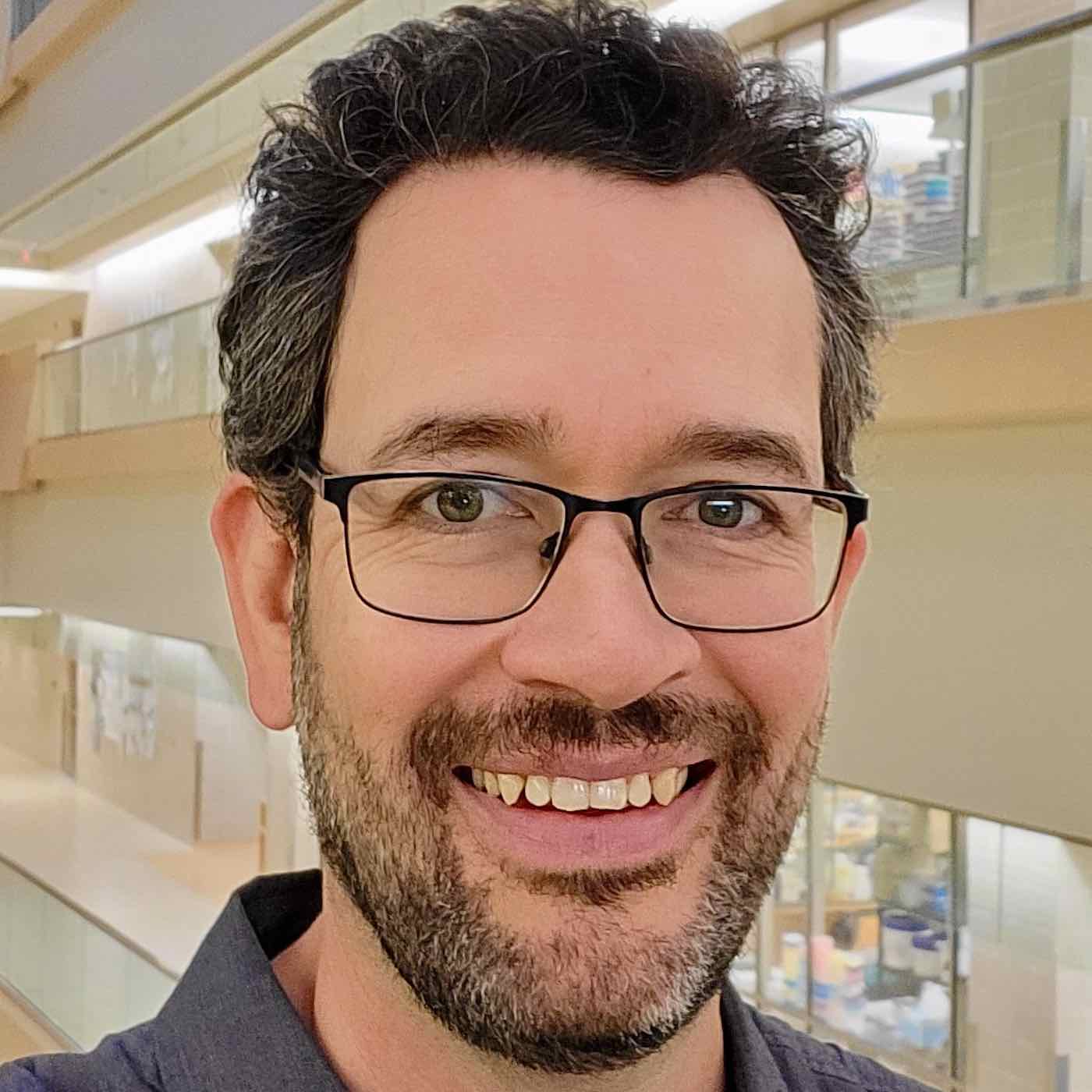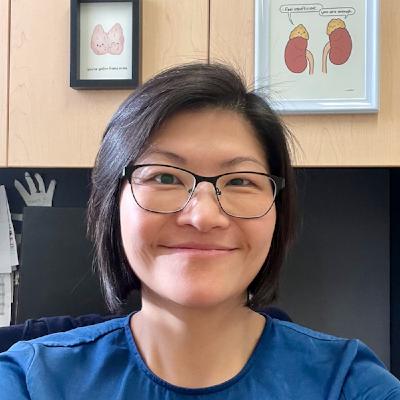That’s So Metal: Dr. Jessica Sheldon Targets Acinetobacter Baumannii
Description
Jessica Sheldon (PhD) is on a mission to starve out Acinetobacter baumannii —one of the world’s most virulent hospital-borne pathogens.
Notorious for its speedy evolution and multi-drug resistance, the hospital-borne bacteria lingers on dry surfaces and infects critically-ill patients, leading to sepsis, pneumonia and high mortality rates.
In this episode, Sheldon delves into the real-life events that drove her to investigate histamine, and its role in bacterial survival and immune response.
In 2022, Sheldon joined the University of Saskatchewan’s College of Medicine as an assistant professor of Biochemistry, Microbiology & Immunology -- something she now laughs about after an ill-fated high school placement in an immunology laboratory.
“Cytokine cascades, pathways, the signaling just got way over my head real fast,” said Sheldon. “I didn’t really know what I was doing.”
Sheldon enrolled at Lakehead University, drawn to the tiny pathogens with outsized roles in movies like Outbreak. She estimates she read the book The Hot Zone 20 times.
Her persistence paid off.
“One of my second year microbiology teachers said, ‘you know, I think you're kind of good at this. Maybe you should try it as a career.’
Sheldon zeroed in on metals and wrote her doctoral dissertation on the role iron plays in the proliferation of bacteria such as Methicillin-resistant staphylococcus aureus (MRSA).
Today, she studies both Morganella morganii and Acinetobacter baumannii — the multi-drug-resistant bacteria singled out twice in the last decade by the World Health Organization as a ‘priority 1-critical pathogen’.
“I’m perpetually fascinated by the idea that something so small can change the course of history,” said Sheldon. “And we’ve seen that recently with COVID.”
Sheldon was already studying the metal uptake and signalling systems that grow and sustain A. baumannii when the bacteria ripped through hospitals during the pandemic, attacking Covid-infected patients on ventilators.
By 2023, Sheldon landed a five-year CIHR grant of $900,000 to study A. Baumannii and the way it turns histidine into histamine. Her goal is to pinpoint the way the pathogen uses histamine to evade its host, as it sends out siderophores to steal iron and other nutrients.
The compound appears to serve as a signalling mechanism for both the host and the invading pathogen, she said.
“We know the bacteria are using histamine in the synthesis of these molecules to get iron, but they're also secreting it into the environment. We're not really sure why,” Sheldon said.
Her laboratory is working to trace and target those pathways, so researchers can identify and potentially develop new treatments — small molecules or antibody inhibitors that could disrupt multi-drug resistant pathogens.
Beyond A. baumannii, histamine may hold the key to how some of the world's most notorious bacteria grow, spread, and evade immune defences, Sheldon said.
“We're running out of drugs, but there's really not a full appreciation for the fact that we're losing the ability to treat bacterial infections,” Sheldon said.
“We need to develop supplementary therapies or alternative therapies.”
























